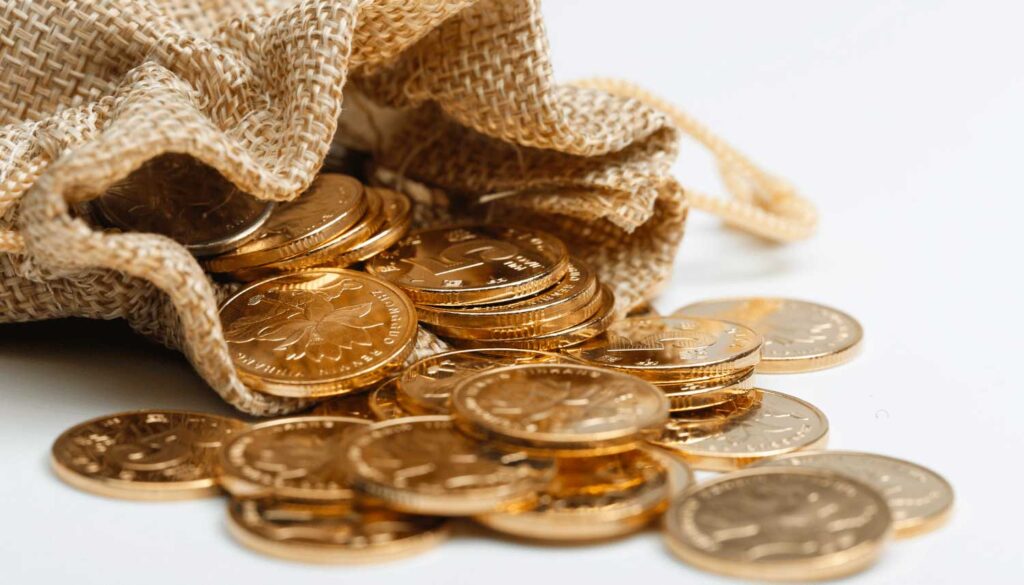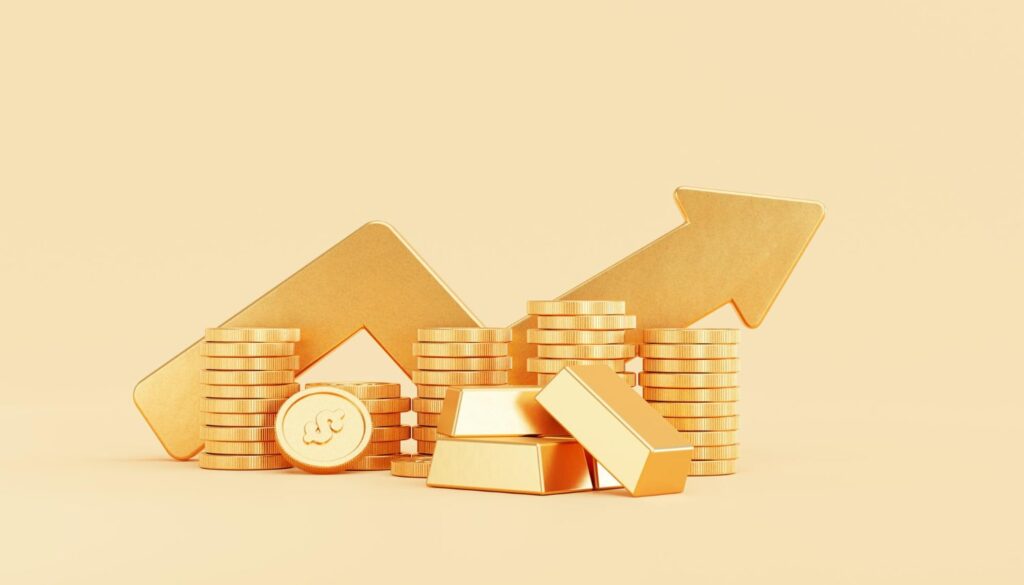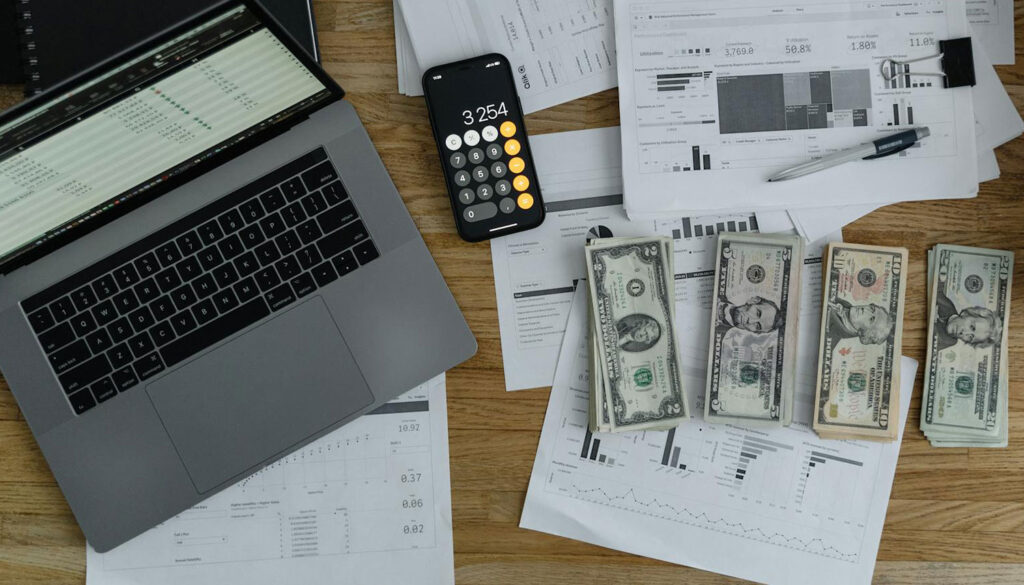Several years ago we published an advisory report for our ten rules on investing in gold and silver. It was so well received some of our colleagues, friends, and analysts asked for permission to copy and republish this work. We gave that permission and it was widely reprinted among those reporting on precious metals in our industry.
In today’s report, in light of changing social and economic conditions, we decided to redo this story and add some twists making the effort more relative to a new and changing atmosphere for not only gold and silver but for some base metals as well.
We think these ideas are very important for traders and investors to consider. Please read them carefully and see how they relate to your accounts and personal trading plan. We suggest all of those busy buying and selling precious metals have these ideas available. Hopefully they can be applied to avoid new risks and focus on potential gains in the years ahead.
General Facts and Our Personal Opinions
There have been powerful political and financial groups that have been squashing precious metals prices for years. They let them trade somewhat freely but only within rather tight perimeters. These folks have an agenda to maintain the status quo and precious metals have a propensity to screw up their financial and social games if allowed to rally too freely.
These same groups disparaging gold with powerful media are key Wall Street players, fund managers, big private investors, and those who need precious metals prices held down to avoid negative events in their own portfolios.
While all of this is busily going on, these same folks knocking precious metals as trading vehicles and investments are busy buying gold and silver in prodigious amounts after they slam the prices to new and recent lows.
Central banks and bankers have been buying gold in large amounts in recent years for a very long time. It has grown so obvious they cannot hide it and prefer not to discuss it.
Central banks and bankers, to support the anti-gold paradigm over the several past years, were net gold sellers doing their level best to smash the prices down and hold them down. One economics minister in England made such a poor gold sale trade on his central bank gold he cost the bank over $5 billion.
As the world’s economies sink toward the cellar and gold becomes ever more important on higher prices, national governments that have gold stored in foreign vaults are demanding their gold be shipped back to the owners’ homeland. This is beginning to become very serious, as it appears (or has been alleged) that much of their gold may have been secretly leased out, sold to others for income or sold off out of commingled, unsegregated storage facilities. Louder critics wonder if there is any gold left in the vaults at key USA locations, as audits have been absent for decades in some cases.
Key non-USA central banks and heavy private buyers of gold bullion, gold mines, and gold and silver mining shares have been accelerating purchases of metals in very large and obvious amounts. In some cases mammoth sales in the millions go unreported.
China is a big producer and non-exporter of gold and some silver. India has long been a heavy buyer of gold and silver; primarily gold for their flourishing jewelry industry. Asians have historically been buyers, traders and investors of precious metals. In the past few years their buying sprees have gone ballistic. Fiat bonds and currencies are a very and growing real threat to portfolios public and private. Those in the know are moving fast for security.
Middle Easterners having the wealth to buy are huge investors and buyers. We know of one case where a Saudi investor flew to visit an African mine to purchase some gold. After his visit he purchased ten tons of gold and took it home on his 747 and bought the entire mine for cash.
Russia is a large owner/buyer of precious metals and we think they own much more than has been reported publicly. Those involved in this business prefer to keep purchases and ownership under the radar for many reasons.
We could see it coming several years ago but now the appropriation (theft) by some governments has made it very risky to be an invested miner in some jurisdictions. Dictators and related national so-called leaders encourage investment by the mining companies ensuring them their investments and properties will be safe.
After things are running smoothly and the business is highly profitable, they come with the taxes, increasing exponentially, and then comes the outright theft of entire businesses. Venezuela is a prime example. The damage there has been especially focused on the energy industry where Total and Exxon sustained massive losses and are in court trying to recover their money.
In the USA, bullion dealers have been generally left alone, but surveillance has been increased to monitor what they buy and sell and who has the goods, where the money is coming from and where the metal is going.
In Switzerland it has become increasing difficult for Americans to do business in banking. For now the precious metals business is being watched more carefully but remains open and tradable.
Now that we have discussed current conditions, what do we do?
Now that we have discussed current conditions, what do we do?
Ten Rules for Trading and Investing in Gold and Silver
Please keep in mind these are generalized rules and personal account size (as well as other personal situations) can change or bend these rules somewhat. We’ve tried to make the ideas applicable to the majority of investors and traders in gold and silver.
-
- We prefer coins rather than bullion bars or wafers. Coins are easier to trade and hold for many reasons including insurance, transport, verification of authenticity, grading and quality. Keep in mind investments in bullion and coins won’t create a tax event until you exit and/or re-enter. Check with your CPA on these rules to be sure.
- Under current market conditions silver might grow in value faster. As such we like silver coins the most as of this date. Obviously this can change down the road but for now that is the preference. Large buyers and investors might be buyers of bars and other forms of bullion, as their intentions might be more for commercial uses in the future.
- We recommend that precious metals buyers and investors (not numismatic collectors) buy coins in the amount of 10% of the first $100,000 in an account. If your accounts are larger you have to adjust and balance within reason, practicality and common sense.
- We strongly suggest you take personal possession and be responsible for security. Storage in banks is particularly risky as has been proven in some sad cases on the west coast. The old joke is two people can keep a secret as long as one of them is dead. In a family you really must have two people with knowledge of storage locations.
- If you are looking to own mining shares, we like a select small group of juniors having three years of operations cash in the till, proven management, a property next door to a senior mine in operation and a proven track record.
- The best mine locations in our opinion would be Alaska, Canada, Northeast Nevada, Northern Mexico and precious few other spots near those states and nations. There are plenty of choices located in that geography. There is no need to run all over the world and be in places with little knowledge and more risk. There are a few exceptions and we have some in our Trader Tracks Newsletter.
- Trading is not investing and investing is not trading. Coins should be the page one safest program where you begin. Owning the right shares has more risk but not much more at this time. Trading futures using the proper tools can be as safe as shares but you need experience or must use the skills of someone who has proven they can do this work. Trading in shares and futures is becoming more risky primarily because of market manipulation and untoward interference.
- Those trading shares at this date might prefer the intermediate operating miners for good growth and more security. Select juniors (very few) offer even more potential upside but you have to be smart and selective. Senior mining shares are too slow and ponderous but big investors like them as a place to park money and let it ride, so to speak.
- When you enter the markets for gold and silver shares, note the annual cycles and enter when they begin and take some profits near the highs. Forget tops and bottoms; take a slice from the middle and be happy. Good intermediate sized operating companies can still earn 25% twice a year in the normal calendar cycles. The days of buy and hold are mostly gone except for those with huge deep pockets where they purchase millions of shares in senior miners or growing juniors, letting them sit invested for years.
- Please be discreet about things of value that you own whether they are shares, physical metals, expensive art or whatever. We are in the middle of decades-long international depression. Shoot your mouth off and you could invite big trouble.
Hard Assets are the Best Investment – Not Fiat Paper
It is obvious to us hard assets are the answer. It all starts with physical gold and silver.
Somebody please tell us when global bond markets crash for good and we’ll tell you when this can all get better and we start over again, maybe with a gold-backed currency. –Trader Rog
By Roger Wiegand – Kitco News – January 13, 2013






